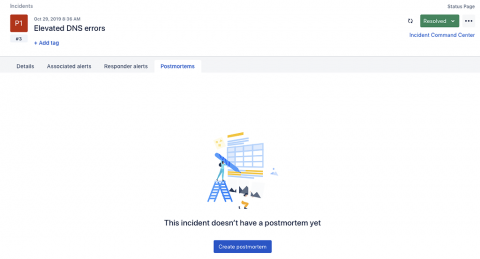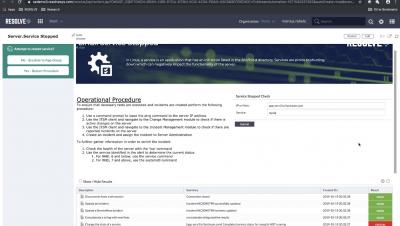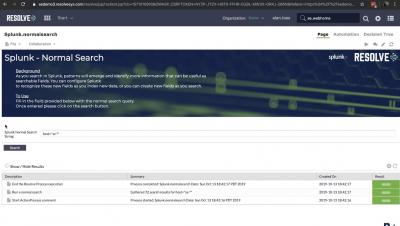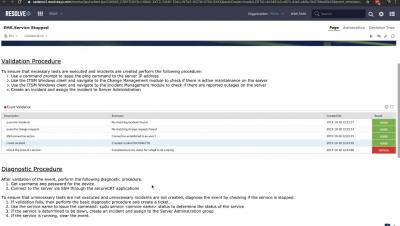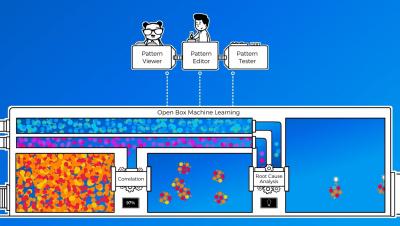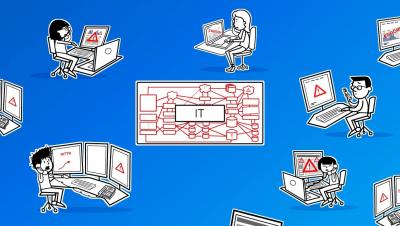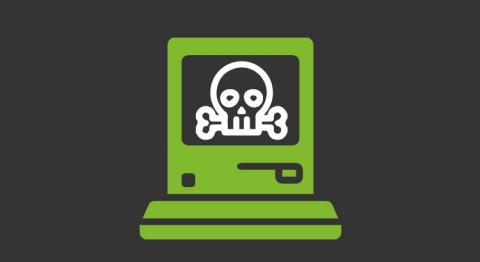Drive continuous improvement with shareable postmortems in Opsgenie
It’s a given that customers expect software and IT services to be high-performing and always on. And, because incidents and downtime will always be a thing, we believe that how you respond can make or break the customer experience. We’ve learned this lesson first hand while refining our own incident management process over the last decade.


